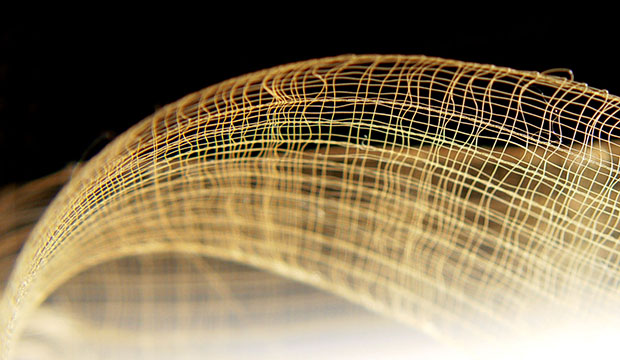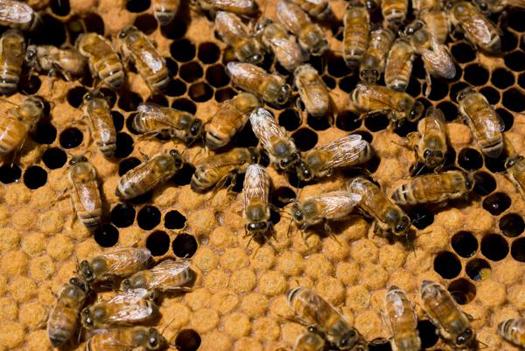

For designers that are looking to keep their lines eco-friendly or vegan, silk presents a bit of a dilemma. It’s a beautiful, luxurious textile, however, in order for the silk fiber to be harvested, the silkworm is usually killed. Fortunately, there is a growing demand for alternatives to silk, and subsequently, the range of options continues to grow.
One such option that has been in development for a while is aimed at eliminating the need to involve a living creature at all.
Scientists have been trying to develop exact synthetic replicas of various types of silk from worms and spiders, but the nature of its physical structure makes the process difficult. Fortunately, scientists have had success with another alternative: honeybee silk.
While honeybees are certainly not the first creatures that come to mind when we think of silk, the fibers they produce are strong and highly durable, while retaining the light airy feel that is characteristic of the textile.

The quality of the resulting fabric is just as high as those produced from a living thing.
The main benefit is that the proteins in honeybee silk specifically are much easier to reproduce in a lab than those from other organisms. Artificial production cuts out the need to use the insect, and closely mimics the natural process.
Silk from a real honeybee must be drawn from the gland. In response, scientists have transgenetically produced “soup” of silk proteins, and the fibers are drawn by hand from the mixture to create thread that can be woven into fabric.
The potential applications for this silk are vast- particularly in the case of performance apparel. Because it is lightweight and durable, it is perfect for sportswear. It is so strong in fact, it is possible that it could be put to use for aviation or marine purposes.
